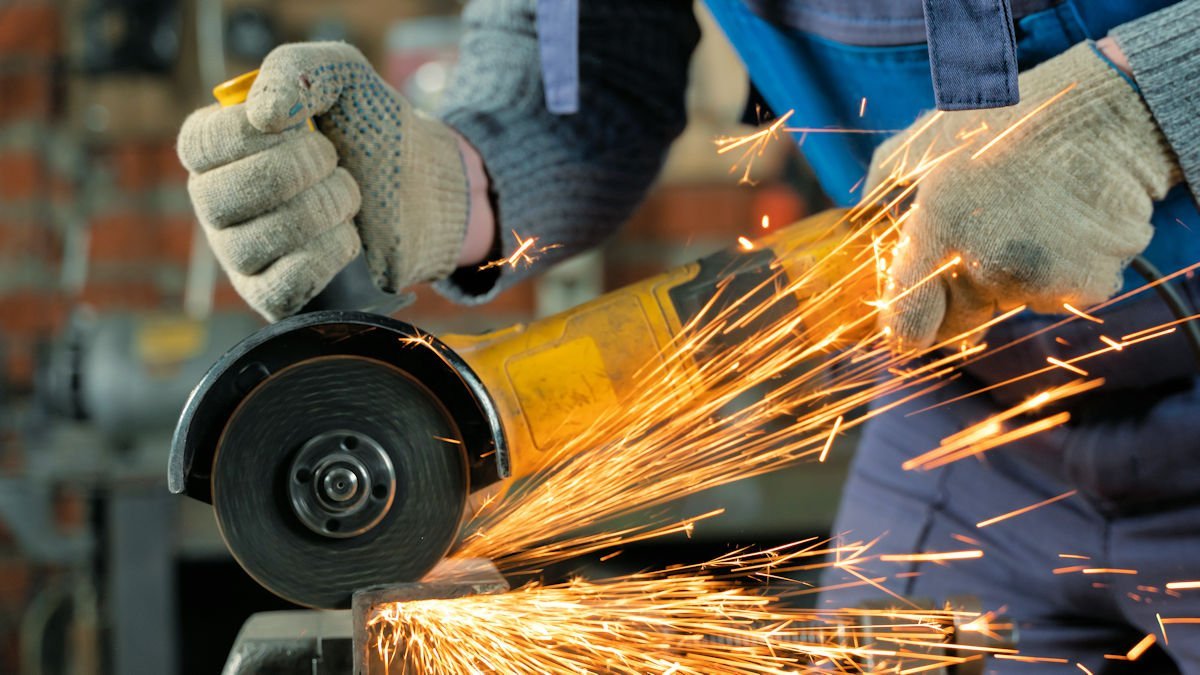Metalworking stands as a pivotal industry that intricately combines art and engineering to manipulate metal into both functional and aesthetic products. This field covers a spectrum of techniques and processes that transform raw metallic elements into preciously engineered parts and elaborate structures. Here, we delve into the core practices that define metalworking, illuminating how each method contributes to unleashing the full potential of this versatile material.
Casting: The Art of Molding Metal
Casting is a fundamental metalworking process where molten metal is poured into a mould to create a specific shape. As the metal cools and solidifies, it adopts the mould’s contours, forming complex parts and large components alike. This method is crucial for producing intricate designs that would be challenging or uneconomical to achieve through other techniques. It serves a broad range of industries, from automotive to art sculpture, highlighting its versatility and adaptability.
Forming: Shaping Metal Under Pressure
Metal forming processes such as bending, stamping, and forging do not remove material. Instead, they deform metal into the desired shape using mechanical or hydraulic force. These techniques can be performed at room temperature (cold working) or high temperatures (hot working) to reduce the metal’s hardness and increase its ductility, facilitating the creation of complex shapes with high tensile strength. Essential in manufacturing sectors, forming techniques are pivotal for constructing robust structures like beams, panels, and automotive bodies.
Machining: Precision and Perfection
Machining processes involve cutting away excess material to fashion a finished product or component with high precision. Techniques such as milling, turning, and drilling utilize sharp cutting tools and advanced machinery to achieve accurate dimensions and fine finishes. Machining is indispensable for creating critical components in industries that demand exact standards, such as aerospace and medical devices.
Harnessing Modern Innovations
The potential of metalworking is continuously expanding with the advent of modern technologies. Innovations such as CNC (Computer Numerical Control) machining allow for automated control of machining tools with extreme precision, vastly improving efficiency and reducing errors. Likewise, developments in metallurgical compositions and treatments have led to metals that are lighter, stronger, and more resistant to environmental factors.
Sustainability in Metalworking
As the industry evolves, so does its approach to sustainability. Modern metalworking practices incorporate the recycling of scrap metal, use of energy-efficient technologies, and reductions in waste and hazardous materials. These efforts not only minimize environmental impact but also enhance economic viability by reducing costs and improving material efficiency.
Conclusion
Metalworking is an expansive field that merges traditional techniques with cutting-edge innovations to serve a multitude of applications across various industries. By understanding and applying the diverse processes of casting, forming, and machining, manufacturers can unlock the immense potential of metals to create products that combine functionality with innovation. As we continue to innovate and improve upon these processes, the possibilities of what can be achieved through metalworking are limitless.







